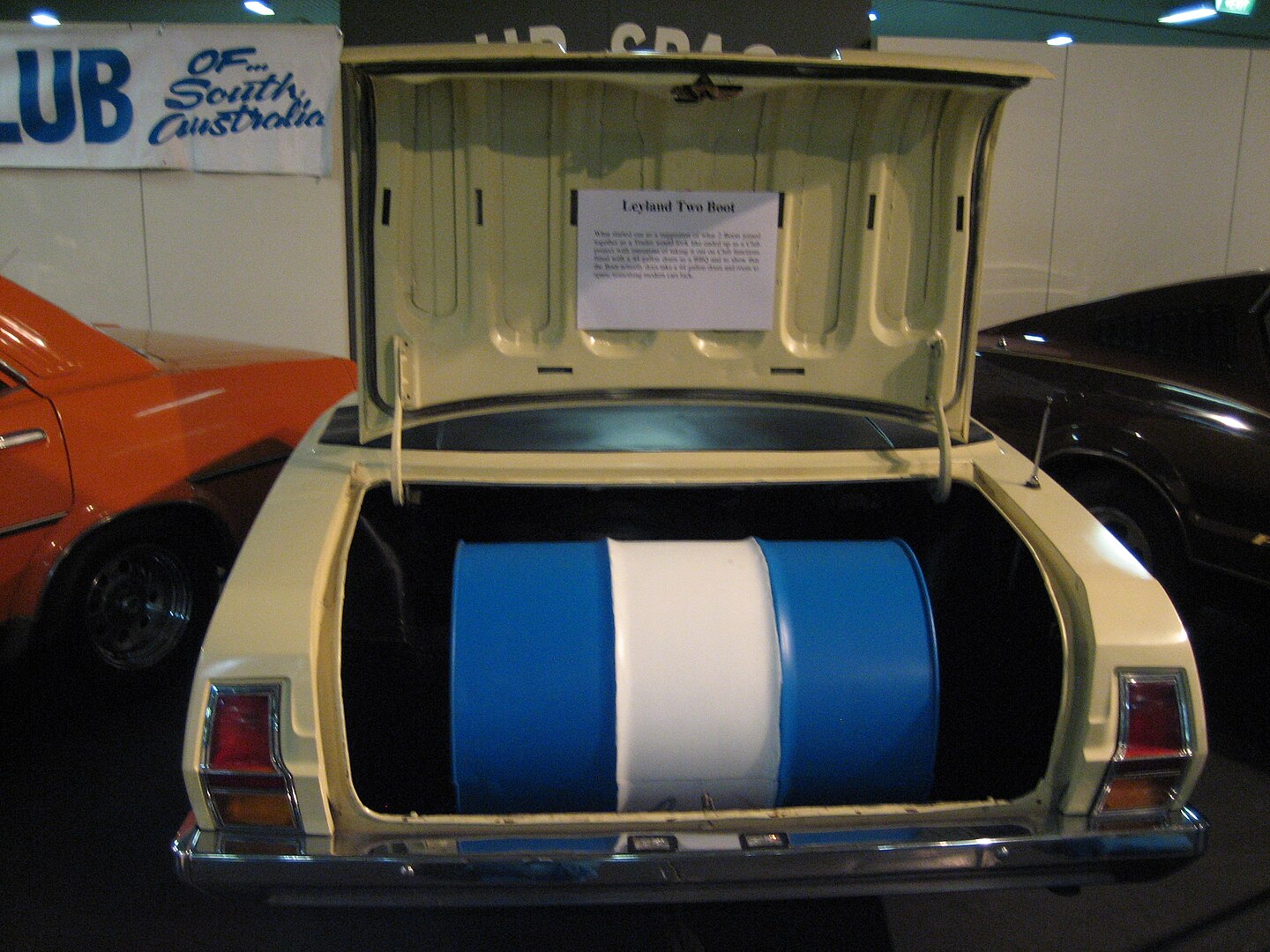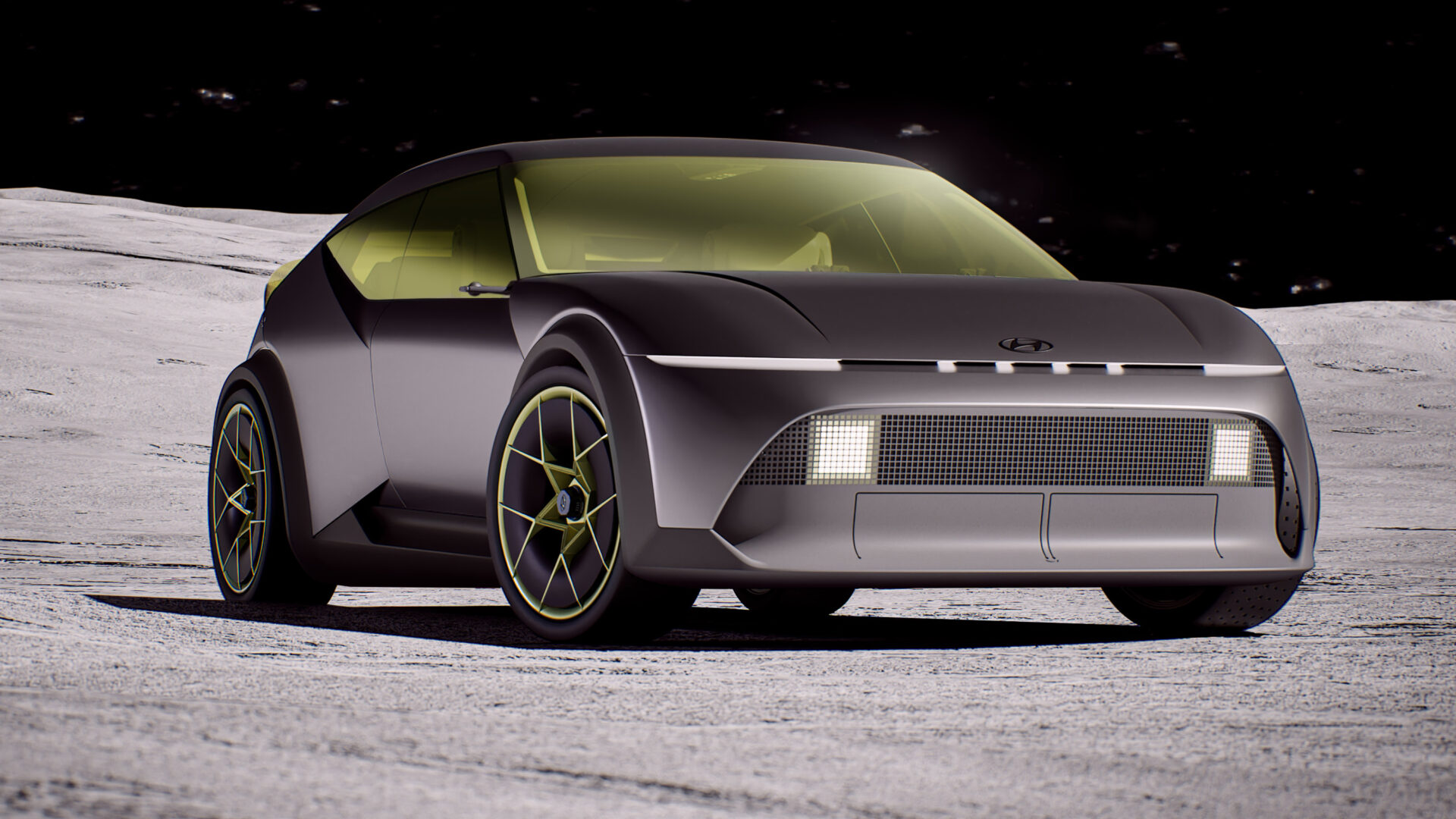Quirky hatch-coupe evolves into appetiser for Hyundai performance range.
When the original Hyundai Veloster Turbo lobbed into Australia back in 2012, it felt a brave new world for Hyundai. Suddenly, there was an edgily-styled, well-equipped, good value spearhead for the Korean car maker. And with 150kW from its 1.6-litre turbocharged four-pot, it had the on-paper grunt to back up the looks.
It sold well, too: in a pre-Mustang world, the Veloster was the standard-setter for sales in the “Sports under $80,000” segment.
Looking back now, that original Turbo was a toe in the sporting waters for Hyundai. There were other attempts in the past – the Hyundai Coupe V6, for example – but in Veloster, there was a signal of intent.
Now with the second-generation, the Veloster plays a different game. Where once it was a spicy main, the advent of N means that Veloster is a now the appetiser to the world of Hyundai performance.
How much is a Veloster Turbo and what do I get?

Veloster Turbo (seven-speed DCT) – $38,490 + ORC
Veloster Turbo (six-speed manual) – $35,490 + ORC
You get 18-inch alloys, an 18-speaker stereo, climate control, reversing camera, keyless entry and start, rear parking sensors, sat nav, auto headlights with automatic high beam, fake leather shifter, seats and steering wheel and a space-saver spare.
The i30-ish screen perched on the dash has Hyundai’s quite reasonable media software package and has Apple CarPlay and Android Auto.
Safety
Hyundai SmartSense has us covered here, with all Velosters gaining a swathe of acronyms:
– Forward Collision-Avoidance Assist (FCA, lol)(aka AEB), that includes a Forward Collision Warning (FCW, obviously). FCW uses a windscreen-mounted to detect vehicles in front; FCW is active from 8km/h to 180km/h and will first sound a warning chime if a frontal impact is imminent. It will also automatically apply the brakes if required.
– Driver Attention Warning (DAW).
– Lane Keeping Assist (LKA), incorporating Lane Departure Warning (LDW).
– Blind Spot Collision Warning (BCW).
– Park Distance Warning-Reverse (PDW-R).
– Rear Cross-Traffic Collision Warning (RCCW).
– Electronic Stability Control (ESC).
– Tyre Pressure Monitoring System (TPMS).
There are also six airbags, a reversing camera and auto headlights. The DCT version gains a higher grade FCA/FCW system with pedestrian detection, as well as smart cruise control.
The back seats score two ISOFIX and two top-tether restraints. There are only two back seats, with a BMW-style cupholder and tray arrangement between the two seats.
Warranty and servicing
Under the renowned Hyundai iCare umbrella, new Veloster Turbo owners are supported with a five-year/unlimited kilometre warranty. An initial 12 months Roadside Assist package can be extended by continuing to service through Hyundai’s dealer network, for up to 10 years.
A complimentary 1,500km initial service is included, as well as a Lifetime Servicing Plan. This introduces fixed cost servicing at 12-month/15,000km intervals for up to five years.
Look and feel

Put simply, this is where the bulk of the upgrades come into focus. The interior now feels fresher and modern, with all the right tech, while the outside styling updates provide a logical progression to ensure the updated Veloster remains a smooth mover.
Some touchpoints remain a little lightweight (especially the column stalks), the seat and steering wheel fabrics feel cheap and rear visibility, particularly to the sides, remains compromised as before.
The fancy suite of safety acronyms dings and buzzes with glee at every straying opportunity. You can turn this down or off (depending on what you’re changing) however it all appears to default back on the next time you hop in.
The wacky design is also practical – with two doors on one side and a single on the driver’s side, you get excellent access to a reasonably roomy two-seat rear cabin. While headroom is quite resricted by the falling roofline, it’s fine for kids and adults will forbear for short trips.
Front and rear rows score a pair of cupholders each and the doors have bottle holders, too.
Drivetrain

Back in 2012, the Veloster Turbo’s 1.6-litre four-cylinder turbo-petrol engine was okay. Eight years on, the unit has been refined with improved driveability and efficiency figures as a result. There’s also an overboost function that triggers at full throttle (when up to temperature) to deliver an additional 10Nm kick. But its headline figures are no different than before.
The 265Nm torque peak is hit lower (1500rpm against 1750rpm) and maintained to 4000rpm, with 150kW at 6000rpm. Solid, but unspectacular.
Power is fed to the front wheels via a six-speed manual transmission, or optional seven-speed dual-clutch transmission. An open differential is supported by Torque Vectoring Control, which uses wheel speed sensors to brake the inside-front wheel during hard cornering.
Fuel economy
In manual form combined fuel economy lists at 7.3L/100km, though in more spirited driving situations expect the number to grow into the low double figure range. CO2 emissions sit at 169g/km.
Chassis

This is where the Veloster takes a proper leap forward, as it adopts a multi-link independent rear suspension design to complement the MacPherson strut front setup.
As with the best Hyundai products, the overall ride/handling balance was optimised for the Australian market by Australian-domiciled engineers. Using experiences learned tuning the i30 here, 28 rear and 15 front damper tunes were trialled – actually a smaller number than usual. More manufacturers should be following this lead.
The new body structure is 27.6 per cent stiffer in torsion than the predecessor, giving the newly-designed suspension an impressive platform from which to work. Electric power steering has been adopted for its efficiency benefits and lighter weight over a purely hydraulic system, with a 2.57 lock-to-lock rack incorporated.
Kerb weight for the Veloster manual is a reasonable 1270kg without options.
Driving

Trigger the engine via the stop/start button, and the new Veloster Turbo commences a cold start idle that wouldn’t be out of place on a special stage, hunting lumpily for a few moments through its twin central-exit exhaust system. It’s the closest the Veloster Turbo gets to Tanak’s WRC beast.
The clutch is light on take-up, the bite point not naturally defined until familiarity kicks in. Once underway, the clutch action remains low-effort, the six-speed’s upshifts slotting easily through the gate. Coming back through the gears, it pays not too rush as you might slot second from fifth, rather than fourth. While there, note the nicely-calibrated brake pedal travel, but the less-than-ideal pedal placement for heel/toe downshifting. The pedals could be grippier, too.
In 2020, the engine passes as ‘okay’. There is good low-rev throttle response and a linear, if uneventful, power delivery. There seems little sense in revving to the 6500rpm redline, with a ‘natural’ change up point setting in around 5000rpm.
Where this new Veloster most impresses, though, is in its beautifully rendered ride and handling balance. This commences with the tasty Michelin Pilot Sport 4S rubber – a quantum leap over the previous car’s Hankooks – and builds from there with strong grip on show throughout. There’s even a little adjustability built-in through the multi-link rear end, should you wish to come off the throttle to scribe a sharper line, but steering smoothly reveals strong composure, even over mid-corner bumps.
Traction is somewhat limited as you feel a slight delay before the vectoring system reigns in inside-front wheelspin, however torque steer is well resisted.
Steering-wise, the quicker-ratio rack and electric assistance generates a small but noticeable layer of disconnect just off the straight-ahead, but there is accuracy here as the nose keys into an apex.
Sport mode sharpens throttle response and increases steering weight, without further numbing the standard mode’s feedback.
At a cruise, there is quite a lot of road noise permeating through, but the trade off in Michelin grip is worth this sacrifice.
Competition
It’s an interesting part of the market, this, given there aren’t that many 2+2 coupes with a single rear door, so we have to cast the net a little further afield.
Obviously the Toyota 86/Subaru BRZ pairing are in the frame. They’re more focussed driving machines, with a flat-four naturally-aspirated 2.0-litre four-cylinder driving the rear wheels. And an interior architecture from an ancient history textbook. They’re terrific fun, of course, but lack the practicality of the Veloster. Recent changes to warranty and servicing schemes bring the co-produced pair closer to the Hyundai’s excellent total cost of ownership, which is handy. And the BRZ even has Apple CarPlay…
You could probably consider a Mazda MX-5 RF as a competitor. Except it’s even smaller than the 86 inside and out and quite a few bucks more. Like the 86, it’s rear-wheel drive with either a 1.5-litre or 2.0-litre naturally-aspirated engine, neither of which are any match for the Hyundai’s turbo.
Redline Recommendation
There aren’t many cars on the road in this price range that so successfully blend style and substance. Sure, there are others out there that are more focused, but they are more compromised (and generally more expensive) as a result. If you’re looking for a distinctive daily driver and like a bit of oomph, without the need to feel like Ott Tanak, then you should check the new Veloster over.




Leave a Reply